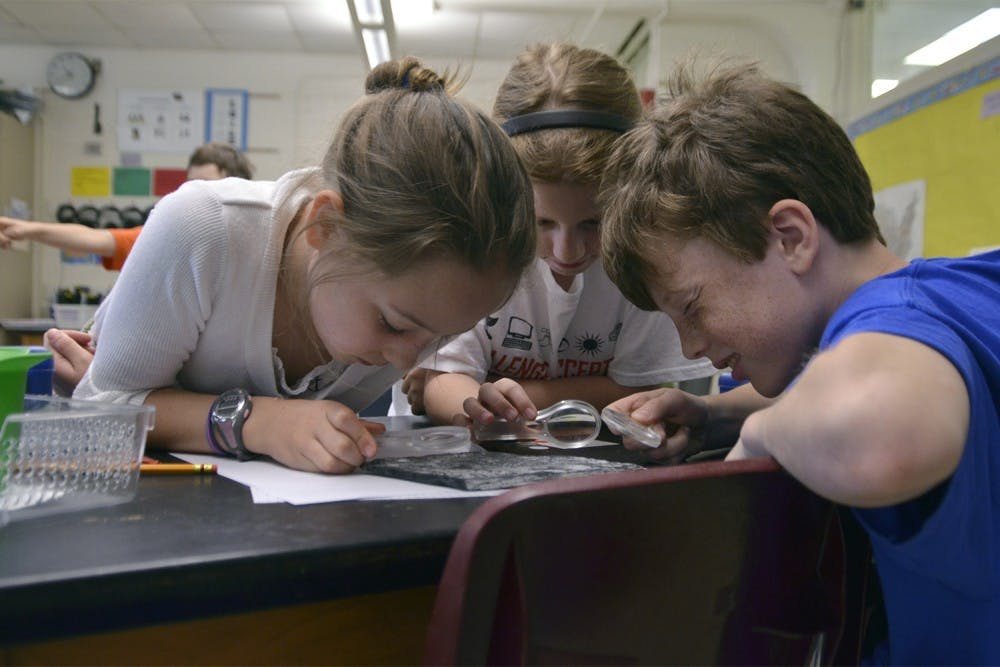This scene is commonplace at Carrboro Elementary School, where students can spend half the day learning about everything from rockets to writing skills completely in Spanish.
“I love the culture of our school,” said fourth-grade teacher Kendall Brees, who teaches dual language students during the English half of the school day.
Experiences like this have proved beneficial for young students. In March, VIF International Education, a Chapel Hill-based nonprofit that develops global education programs, released results from an evaluation by UNC’s Education Policy Initiative at Carolina.
The study found that students participating in VIF’s foreign language immersion program scored higher on state End-of-Grade tests than students not in the program, regardless of economic status, English proficiency or ethnicity.
Chapel Hill-Carrboro City Schools has a partnership with VIF, allowing them to bring in teachers from other countries to teach their language, said Elaine Watson-Grant, dual language coordinator for the school system.
CHCCS has its own dual language program, and its strategy has had positive results as well. A 2010 report on North Carolina dual language programs by Thomas & Collier research firm showed that students in dual language programs performed better on End-of-Grade reading and math exams than their non-dual language peers. The study included Chapel Hill-Carrboro City Schools.
There was still an achievement gap — students with limited English proficiency and African-American students achieved at lower levels than other students, but the gap was smaller for students in the dual language program.




